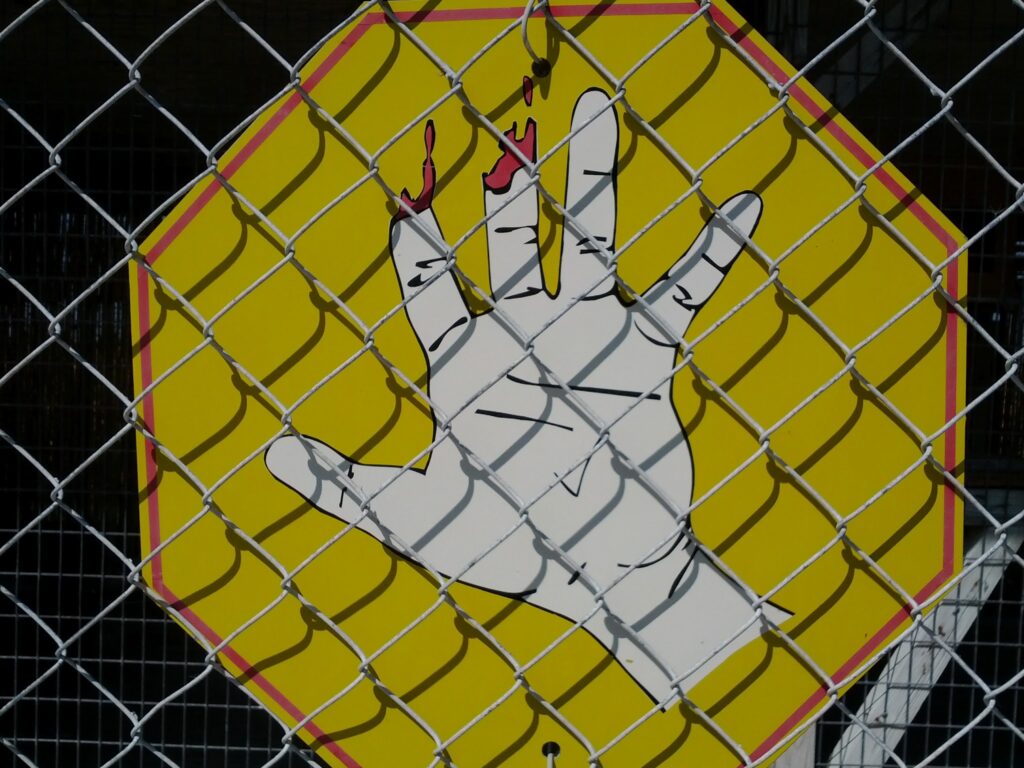
“My students can’t handle PBL because it is too open-ended.”
I hear the same old comment from teachers of some of our most endangered learners-early childhood, English Learners, Special Education, at-risk kids in high poverty. When I have the chance to observe these same teachers, I often notice that they have strict classroom management with little student freedom of movement or expression. These teachers are in control. They are often afraid of losing that power in their class.
But the opposite of control is freedom, not chaos. These teachers have the same attitude as the aristocratic elite did in Renaissance Europe: “Democracy will never work because you can’t trust the masses. Anarchy ensues.”
But PBL is not anarchy or chaos. It’s freedom. Freedom for students to take control of their learning. But freedom always has boundaries. Democracies have the rule of law, culture, and tradition. PBL has structures, protocols, and a culture of inquiry and student growth.
In the PBL classroom, the shift is from strong teacher control to structured protocols. Students have some freedom within the process to pursue their passions. But the main thing PBL provides is structured inquiry. It is driven by teacher and student curiosity to discover new things.
In reality, it’s not the students, but the teacher who is not ready for PBL.
Experienced PBL teachers don’t need to control students. They inspire and motivate through engaging projects. They teach students to analyze content, manage themselves, and demonstrate their learning to the community through thinking routines and feedback protocols. There is an overall structure to the PBL process and a day-to-day structure of how class functions. And as far as our neediest students are concerned, these structures give guidance to grow now and also develop SEL competencies for lifetime success.
So how does a teacher become a PBL expert? Learn about the process through books, a workshop, or colleagues. Attempt a small scale project that is outside of your comfort zone. Take some risks with student voice and choice.
You don’t need to give up structure in your classroom, but you do need to give up some control!
Shift from lectures to discussion and inquiry routines. Give students and yourself permission to fail. Your students may not be ready for a complex, open-ended project in the same way that they are not ready to write an extensive research paper without scaffolding, coaching, and multiple drafts. You teach them how to write a paper through the writing process. You teach students how to manage PBL through facilitation and coaching. Some things won’t go well, but overall if you commit and trust the process, students will blow your minds with what they can do!
Questions? Interested in SEL and PBL Consulting? Connect with me at michaelkaechele.com or @mikekaechele onTwitter.
